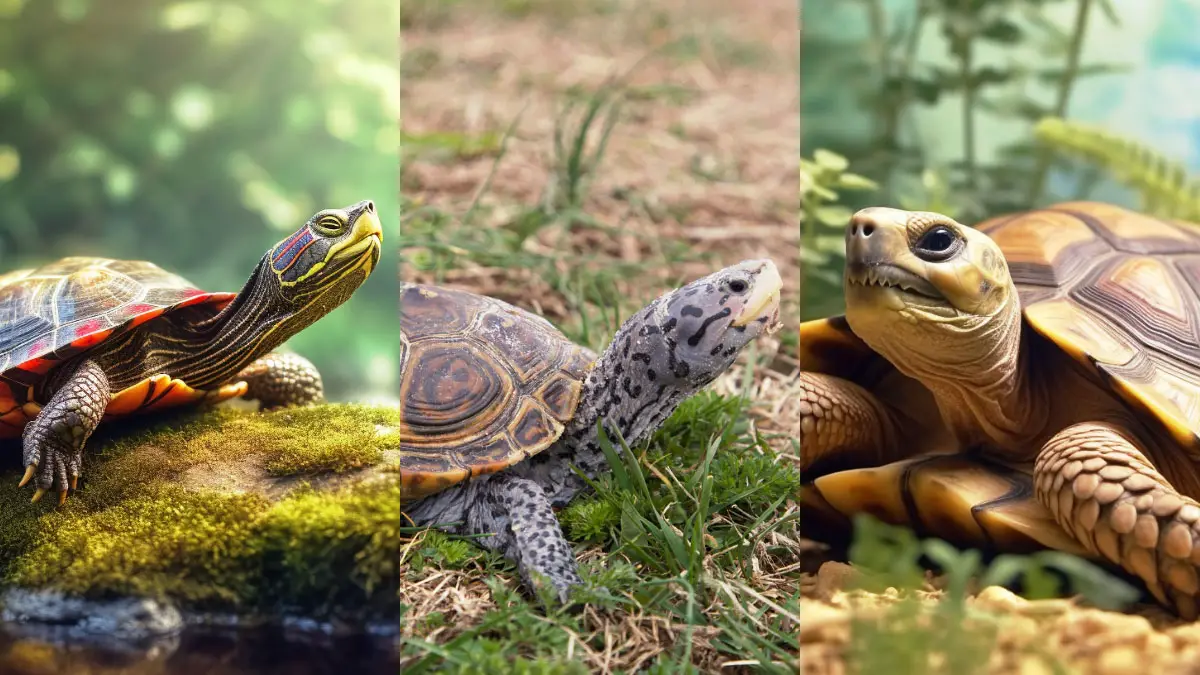Turtle Vs Terrapin Vs Tortoise: How To Identify?
People are now having pets from the chelonian order as they are easy to pet and they have to give less effort. But one pet of this class can not confidently tell whether it is a turtle, terrapin, or tortoise.
So, turtle vs terrapin vs tortoise, how to identify them? You can identify them by their habitats, shell type, limbs, nature, and retraction capability. Also, their eating habits and lifespan are different from each other. If you confirm it by only one point, observe in which environment they love to live.
Another easy way to find out their identity is their retraction capability. Stay with us to know some other ways in detail.
Turtle Vs Terrapin Vs Tortoise: Short Comparison
Contents
Turtles, terrapins, and tortoises come from the same class and order. So, they have a lot of common features and their appearance and body structure is almost similar. They can hardly differentiate from each other. Though they are different, they are not unique.
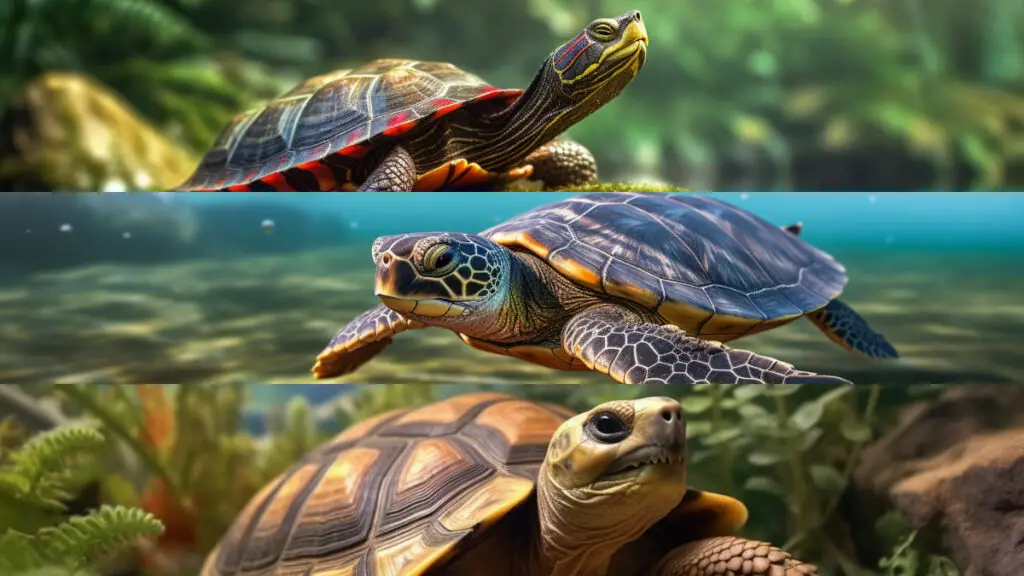
Some differences are given here. You can check these to identify whether it is a turtle, terrapin, or tortoise.
| Factors | Turtle | Terrapin | Tortoise |
|---|---|---|---|
| Habitat | Aquatic. Mainly seen in saltwater like the sea and ocean | Semi-aquatic. Seen both in fresh water and salty water | Earthbound or terrestrial. They can not swim |
| Shell type | Sprade shell | Slightly flattened shell | Dome-shaped shell |
| Body retraction capability | Can not hide their head and legs in the shell | Can hide only the head, not the limbs in the shell | Can fully retract all the parts of the body in the shell |
| Legs | Flat legs | Webbed feet | Big, heavy legs with long nails |
| Lifespan | 60 to 70 years | 20 to 40 years | Above 100 years |
| Eating habit | Omnivorous | Omnivorous | Herbivorous |
| Nature | Shy and harmless | Aggressive and bites | Quite and shy |
If you are in a hurry, this table will help you. But to get a clear idea, you need a depth and clear conception. Have a look at the detailed discussion to clarify your doubts.
Turtle Vs Terrapin Vs Tortoise: Detailed Comparison
Turtles, terrapins, and tortoises have many similar features. So people get easily confused by their appearance. But they have some significant differences that can help you accurately identify them.
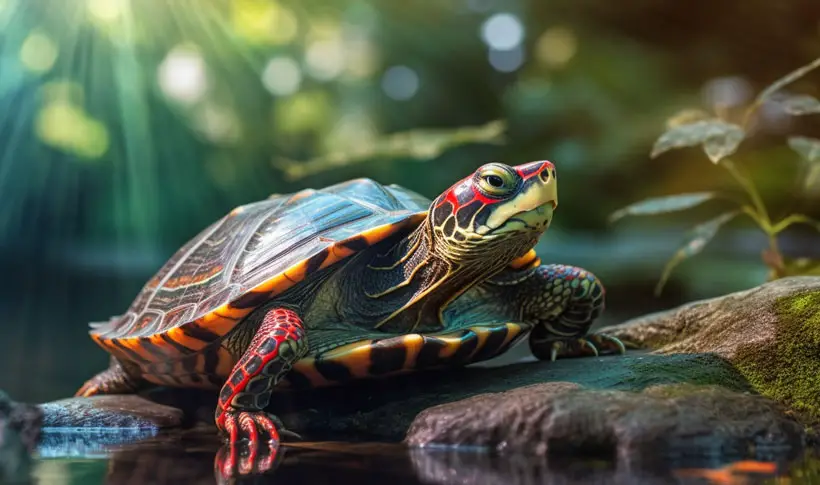
Habitat
The three reptiles have different choices of habitat. You can differentiate them by their preference of living.
- The turtles are aquatic animals and they can spend their whole life in water. They prefer living in saltwater like the ocean and sea. They are rarely seen on the surface. To lay eggs, they come out from the water.
- The terrapins are semi-aquatic animals. You can often see them both in water and on the surface. But in the case of water, they mainly prefer fresh water and salt water.
- Tortoises can be easily distinguished by their habitats. They are land animals and can not swim. If you let them swim, they will drown. But they love to bathe in water to cool down their body temperature.
Shell Type
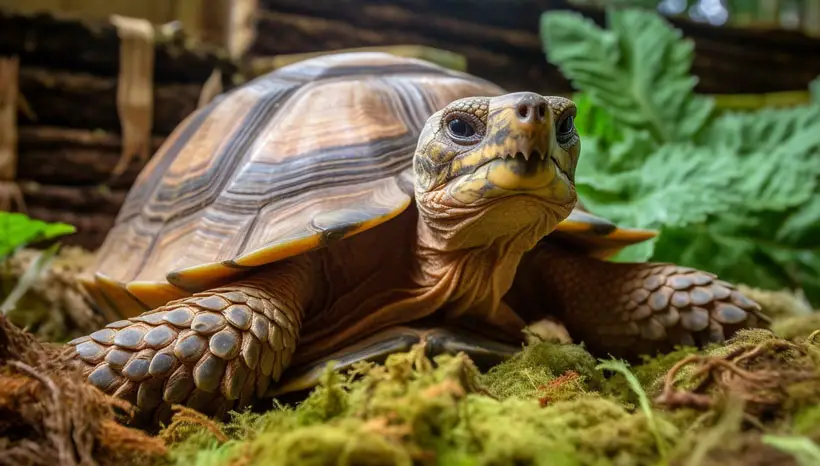
If you notice carefully, you can find a difference in the shape of their shell.
- As the turtle spends most of the time of their life in water, their shells largely spread. This type of shell helps them easily to swim underwater.
- Terrapins have slightly flattened shells. Their shell is quite different from the turtle or the tortoise. They do not require a broad one as they live both in water and on the ground.
- The tortoise is dome-shaped or spherical. Also, the shell is quite thick. As the tortoises are land animals, they survive facing many difficulties. This type of shell helps them to escape from other animals.
Body Retraction Capability

Many people think that all turtles, terrapins, and tortoises can fully retract their bodies into their shells. But their retraction capacity is quite different. Some of them are even called pleurodynia for having one-sided retraction capability.
- The turtle can not fully retract their body into the shell as it is broad and flat. They prefer to escape by swimming rather than hiding themselves.
- In the case of a terrapin, it can hide its head. But while hiding, the limbs are visible. Though the terrapins can not fully cover their bodies, they still hide them rather than escaping by swimming.
- On the other hand, the tortoises are pure land-based animals and they take time to run from predators. So, the best option for them is to retract their full body. Tortoises can hide their body fully in their shells.
Legs
- The turtles have elongated, flipped, and flat front limbs. The hind legs are also flipped but shorter than the front legs. These types of legs help them easily move and determine the water’s direction. They are also seen digging the surface with their front limbs.
- In the case of terrapins, they have webbed limbs with nails. This type of leg helps them both in water and on the surface. Their nails help them in digging the surface easily and in climbing. They can both swim and run with webbed limbs.
- The tortoise has strong, elongated, elephant-like strong, and stable limbs as they can only rum and the limbs bear the full weight of the body.
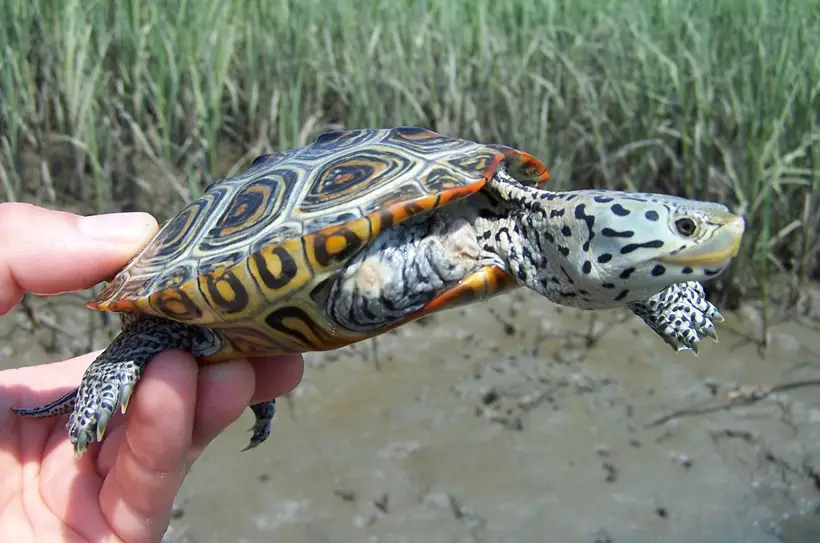
Lifespan
- A turtle lives on average, 60 to 70 years. As they live mainly on the sea and ocean, the survival rate decreases. The young turtles have to struggle to live since they were born. They face many predators throughout their lifetime.
- The terrapins live for about 20 to 40 years. As they can live in two different environments, they have to face both the difficulties of two environments.
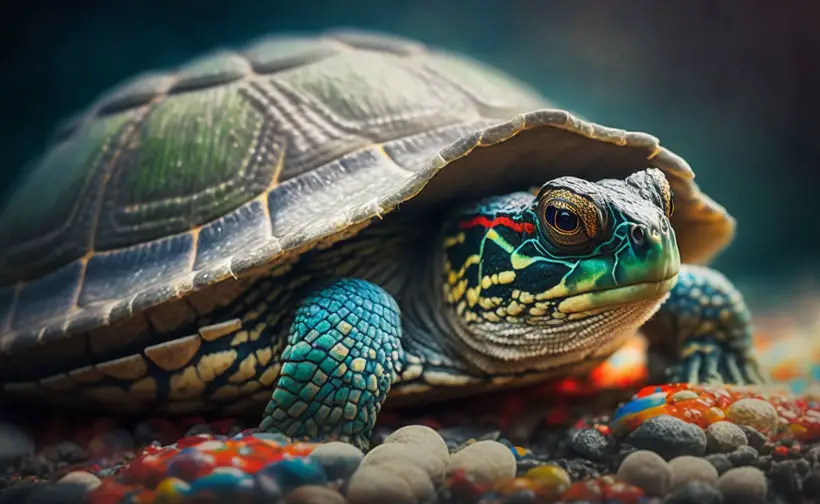
So, their survival rate is low due to the unfavorable conditions. But a terrapin owner can prolong their pet’s life with proper care.
- In the case of tortoises, they can live up to 100 years and a minimum of 80 years. Their life cycle is long as they face less struggle to find food and their survival techniques are more effective than the other two.
Eating habit
The turtles and terrapins eat both animal and plant sources. Both are omnivorous. Their growth and immunity depend on feeding habits. The young turtle and terrapins need more food, especially proteins and calcium.
Protein gives structural support and calcium helps in the formation of bones. They are often seen eating phytoplanktons, zooplanktons, and algae. When they become adults, they can live only by eating plant sources.

On the other hand, tortoises are herbivorous. They love to take different types of veggies and fruits. But they need the food in a large amount.
Nature
Turtles and tortoises are shy. They both are harmless. If you have a pet tortoise, it will rarely bite you. Also, they are not aggressive.
But the terrapins are aggressive. They can even bite their owners when they get aggressive. Terrapins bite force is observed.
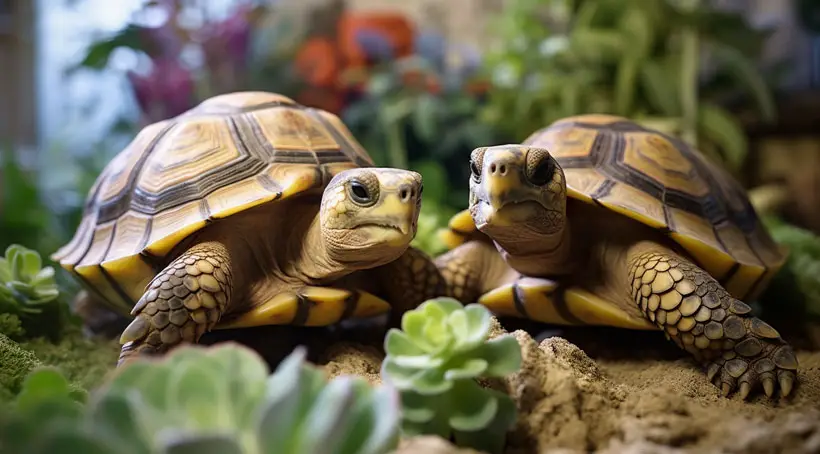
These are some major differences between turtles, terrapin, and tortoises. You can easily identify one with the help of these features.
FAQs
These are some commonly asked questions by people about turtles, terrapins, and tortoises.
A tortoise is bigger than a turtle. Also, it is heavier than a turtle. This is because of their thick and heavy shell. But in some rare cases, aged sea turtles can be bigger than an aged tortoise.
Turtles, terrapins, and tortoises lay eggs. But their preference for laying eggs can be different according to the weather and place.
Tortoise is better than a turtle. Tortoise needs no water to live. So, you need not set up an additional swimming place for them. But you should provide it with housing with water for bathing. Also, they can only live by eating veggies and fruits. Their maintenance cost is lower than a turtle.
Conclusion
If you observe the given features, you will be able to identify them clearly. The turtle mainly belongs in water and is omnivorous, having a spread and flattened shell and limbs. They can not retract their head or limbs at all. But the terrapins are semiaquatic, omnivorous, having slightly flattened shells and webbed limbs.
They only can retract their heads and their limbs remain outside. On the other hand, the tortoise is a terrestrial animal, herbivorous, having elongated and strong legs with sharp nails. They can easily retract their body in the shell. Though all these differences, their body structure and functions are the same.

